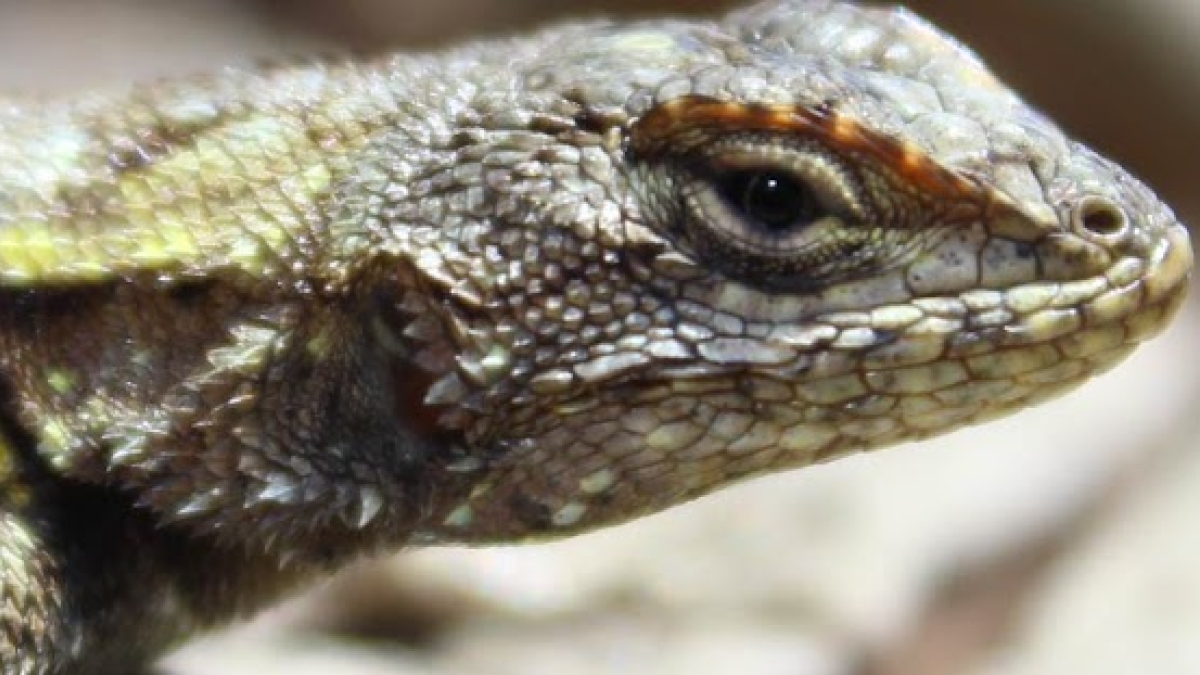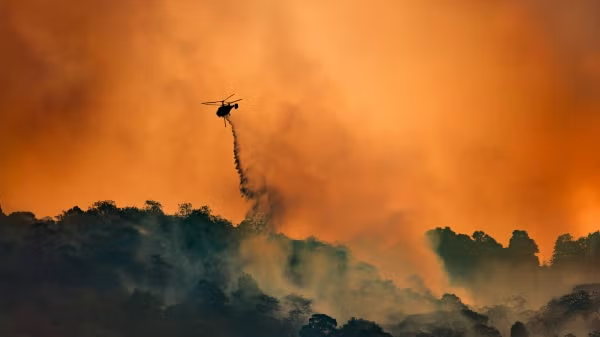Online students embark on lizard anatomy expedition

Using CT scans, students explore the size, shape and structure of the Sceloporus lizards, a large species of spiny lizard abundant throughout Mexico and the Southwestern United States. Photo courtesy the School of Life Sciences
Online undergraduate students at Arizona State University are helping uncover the evolution of lizards local to the desert Southwest through a first-of-its-kind research program.
School of Life Sciences Professor Emilia Martins leads a research opportunity examining CT scans of lizard skeletons through the Online Undergraduate Research Scholars (OURS) program.
Using CT scans, students explore the size, shape and structure of the Sceloporus lizards, a large species of spiny lizard abundant throughout Mexico and the Southwestern United States.
“The software is hard to use at first, but we walk (the students) through the process and provide them with video tutorials,” Martins said. “But it’s commonly used in different research areas. I’ve had students tell me that they could use that knowledge in a clinical setting or get a CT scan done and can understand how to read the output.”
For Juvelyn Hart, a biochemistry and biological sciences student who moved to the U.S. from the Philippines four years ago, engaging in research online has allowed her to gain hands-on experience that will shape her future career trajectory.
“I started in community college and the research was always in the lab,” Hart said. “When I transferred to ASU as an online student, I didn’t know you could research being remote.
“It’s a good opportunity to gain research experience. I want to go to medical school and learn about CT scans and landmarking; that’s one way to look at anatomy.”
In the course, students learn how reptiles play important roles in ecosystems, serving as both predators and prey, pollinators and seed dispersers. However, challenges like climate change threaten their existence.
“Reptiles are threatened. If you look at climate change expectations, we expect 80% of them to be gone in 30 years,” Martins said. “We are trying to identify some of the issues they confront in the wild, and by answering that, we can help them in ways that have the most impact.”
The focus on spiny lizards stems from their abundance and wealth of data. Because of that, researchers can also use them to study animal behavior, reproduction, evolution and biodiversity to save reptiles from extinction.
“These particular lizards are abundant and common,” Martins said. “It’s not just about the lizard. We use the lizards because we have a lot of information about them. But we’re building software and analysis techniques that can be used with any North American plant or animal; it can be applied to anything.”
The research program is an extension of a broader multi-institutional collaboration among ASU, Texas A&M University and the Universidad Nacional de Mexico. At the end of the semester, the students share their research with classmates and present their work to university partners in Texas and Mexico.
The program also includes a mentoring component, led by in-person honors and graduate students to foster a collaborative and active problem-solving and learning environment.
Gaining a full scope of research into the skeletal evolution of lizards requires a considerable time investment, which presents a challenge when working with students who only have a semester to commit to the project. Despite this, Martins recognized the importance of extending the research to online students, even if it meant only involving them for a few months.
“Normally I would have looked to hire some people or picked up some volunteers on campus, but the reality is people can do this work from anywhere,” Martins said. “The College’s support allowed us to recruit and mentor online students, and I’m completely sold on this and hope to continue doing this.”
More Environment and sustainability

New study on Arctic’s ‘Last Ice Area’ highlights the urgency for reducing warming
The Arctic’s “Last Ice Area” — a vital habitat for ice-dependent species — might disappear within a decade after the central Arctic Ocean becomes ice-free during summer, which is expected…

ASU fire expert Stephen Pyne on learning to live alongside fire
Stephen Pyne is having a busy retirement. On top of caring for chickens, sheep and citrus on his urban farm in Queen Creek, Arizona, the Arizona State University professor emeritus is being called on…

New interdisciplinary research highlights wildfire impacts on water and ecosystems in arid regions
As wildfires increasingly threaten arid regions, a new conceptual framework developed by a team of researchers offers a fresh perspective on the relationship between fire, water quality and ecosystem…

